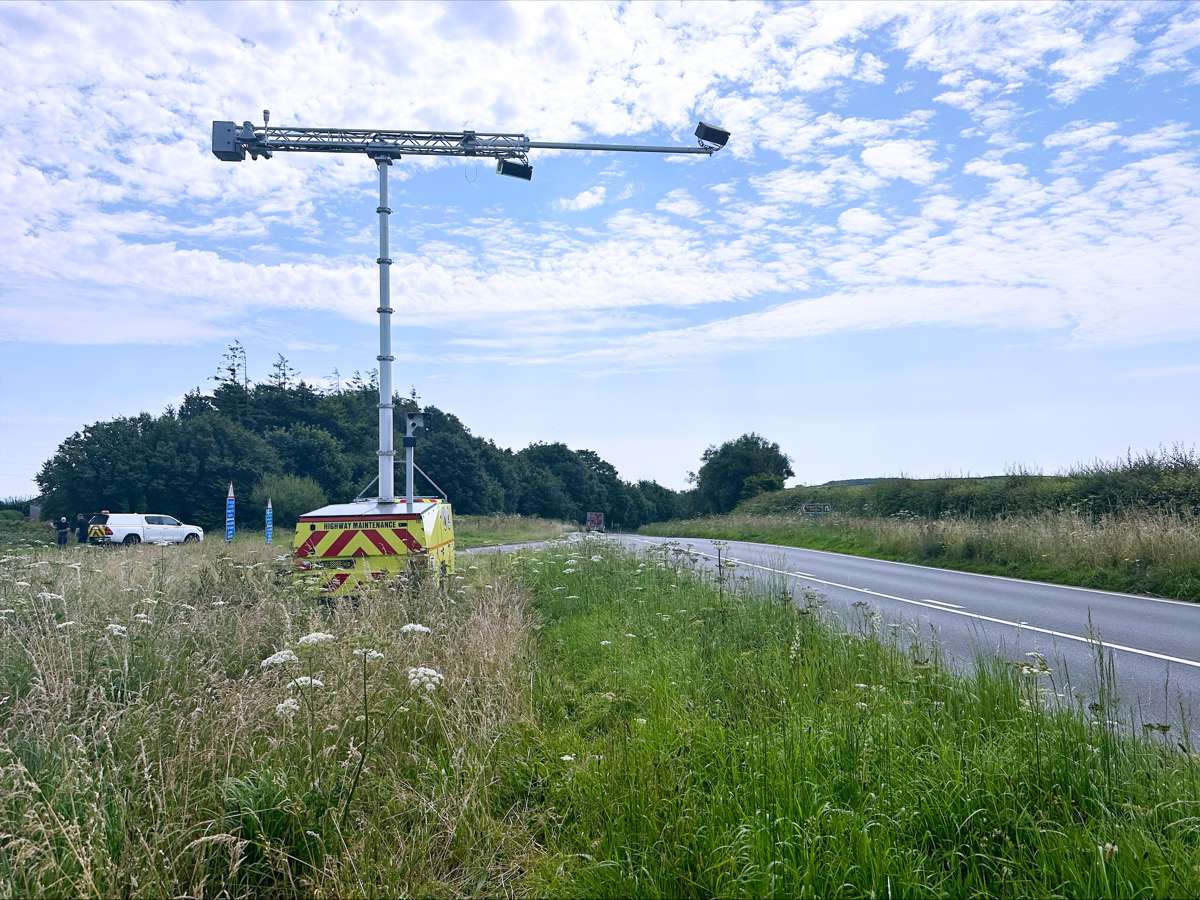Seatbelt Detection Technology Creates a Lifeline for Safer Roads
Seatbelt use may seem like a no-brainer to many, but recent statistics reveal a troubling trend that begs for urgent action. Young drivers and passengers are disproportionately represented in road fatalities, and a significant number of these tragic deaths are entirely preventable.
Enter Acusensus, a company leveraging cutting-edge AI technology to ensure everyone buckles up. Their mission? To save lives by changing behaviour and holding drivers accountable.
Alarming Statistics That Demand Attention
It’s a sobering reality: 43% of young car occupants who die in crashes weren’t wearing a seatbelt. The AA Charitable Trust’s research paints a grim picture, particularly for males aged 17-29, who account for 95% of unbelted fatalities in this group. Despite holding just 14% of driving licences, this demographic makes up a third of unbelted driver deaths.
Such figures are not merely numbers on a page; they represent lives cut short and futures lost. These deaths ripple outwards, devastating families, communities, and emergency services tasked with handling the aftermath. Yet, these tragedies are preventable, as Geoff Collins, UK Manager at Acusensus, stresses.
Technology That Sees What We Miss
Acusensus has developed “Heads Up,” an AI-driven seatbelt detection system that could change the game in road safety enforcement. The technology uses specially equipped cameras capable of peering through windshields to detect whether drivers and passengers are wearing seatbelts or illegally using mobile phones. So far, 19 UK police forces have implemented or trialled the system, with promising results.
Collins highlights the importance of this innovation: “Numerous people have told me that those who break seatbelt laws and suffer the consequences have only themselves to blame. But think about the emotional cost—to families, other road users, and emergency responders. When technology can prevent these tragedies, why not use it to save people from themselves?”
The data backs up the urgency. Acusensus estimates that approximately 3% of drivers in the UK do not wear seatbelts, a figure echoed by The Parliamentary Advisory Council for Transport Safety (PACTS). This behaviour significantly increases the likelihood of death or serious injury in a crash.

Changing Behaviour Through Accountability
One of the most powerful aspects of technology like “Heads Up” is its potential to drive behavioural change. Collins explains that identifying and censuring unbelted drivers can create a ripple effect, encouraging consistent seatbelt use. “What really upsets me,” he adds: “is that we have technology that could’ve dissuaded people from driving unbelted. That means they could still be alive today. Surely, we should use every tool we have to save lives.”
The AA Charitable Trust’s case studies provide heart-breaking insight into lives lost too soon. Many victims were just beginning their adult lives when tragedy struck. For Collins and others in the road safety sector, these stories reinforce the need for robust enforcement and preventive measures.
Why Seatbelt Use Still Matters
While seatbelt laws have been in place for decades, complacency remains a problem. Collins argues that the emotional and societal costs of non-compliance are too high to ignore. From grieving families to overburdened emergency services, the ripple effects of road fatalities are far-reaching.
PACTS statistics further underscore the stakes: 30% of vehicle occupants killed in collisions were not wearing seatbelts. By making seatbelt use habitual through detection and enforcement, Acusensus aims to reduce these preventable deaths.
Saving Lives with Innovation
The case for seatbelt detection technology isn’t just about catching rule-breakers; it’s about fostering a culture of responsibility and safety. Acusensus and organisations like the AA Charitable Trust are pushing for wider adoption of these systems, arguing that the human cost of inaction is simply too great.
Collins’s words serve as a rallying cry: “When people do stupid things, but there’s technology to dissuade them, shouldn’t we use it to save them from themselves?”
Brightening the Road Ahead
The future of road safety lies in technology that doesn’t just monitor but actively prevents harm. With innovations like “Heads Up,” there’s hope that seatbelt compliance will become second nature for all drivers and passengers. By investing in detection systems and prioritising behavioural change, society can prevent countless tragedies.
Ultimately, this isn’t just about enforcement—it’s about valuing every life on the road. Through education, innovation, and accountability, the tide can turn, making the roads a safer place for everyone.




















